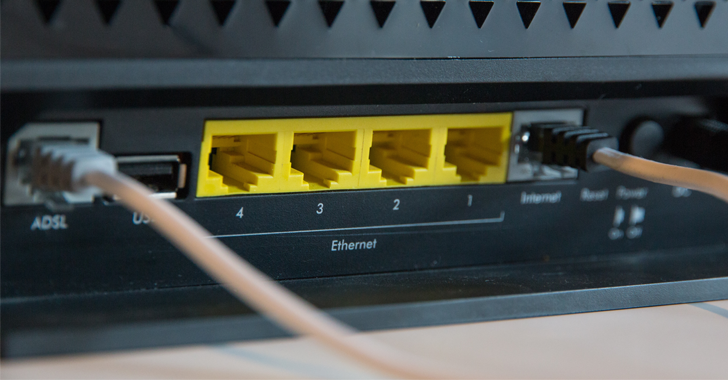U.S. And U.K. Warn Of Russian Hackers Exploiting Cisco Router Flaws For Espionage
U.K. and U.S. cybersecurity and intelligence agencies have warned of Russian nation-state actors exploiting now-patched flaws in networking equipment from Cisco to conduct reconnaissance and deploy malware against targets.
The intrusions, per the authorities, took place in 2021 and targeted a small number of entities in Europe, U.S. government institutions, and about 250 Ukrainian victims.
The activity has been attributed to a threat actor tracked as APT28, which is also known as Fancy Bear, Forest Blizzard (formerly Strontium), FROZENLAKE, and Sofacy, and is affiliated with the Russian General Staff Main Intelligence Directorate (GRU).
"APT28 has been known to access vulnerable routers by using default and weak SNMP community strings, and by exploiting CVE-2017-6742," the National Cyber Security Centre (NCSC) said.
CVE-2017-6742 (CVSS score: 8.8) is part of a set of remote code execution flaws that stem from a buffer overflow condition in the Simple Network Management Protocol (SNMP) subsystem in Cisco IOS and IOS XE Software.
In the attacks observed by the agencies, the threat actor weaponized the vulnerability to deploy a non-persistent malware dubbed Jaguar Tooth on Cisco routers that's capable of gathering device information and enabling unauthenticated backdoor access.
While the issues were patched in June 2017, they have since come under public exploitation as of January 11, 2018, underscoring the need for robust patch management practices to limit the attack surface.
Besides updating to the latest firmware to mitigate potential threats, the company is also recommending that users switch from SNMP to NETCONF or RESTCONF for network management.
Cisco Talos, in a coordinated advisory, said the attacks are part of a broader campaign against aging networking appliances and software from a variety of vendors to "advance espionage objectives or pre-position for future destructive activity."
Learn the art of extracting threat intelligence from the dark web – Join this expert-led webinar!
Save My Seat!This includes the installation of malicious software into an infrastructure device, attempts to surveil network traffic, and attacks mounted by "adversaries with preexisting access to internal environments targeting TACACS+/RADIUS servers to obtain credentials."
The alert comes months after the U.S. government sounded the alarm about China-based state-sponsored cyber actors leveraging network vulnerabilities to exploit public and private sector organizations since at least 2020.
Then earlier this year, Google-owned Mandiant highlighted efforts undertaken by Chinese state-sponsored threat actors to deploy bespoke malware on vulnerable Fortinet and SonicWall devices.
Source: thehackernews.com
 Reviewed by Zion3R
on
3:19 AM
Rating:
Reviewed by Zion3R
on
3:19 AM
Rating:







